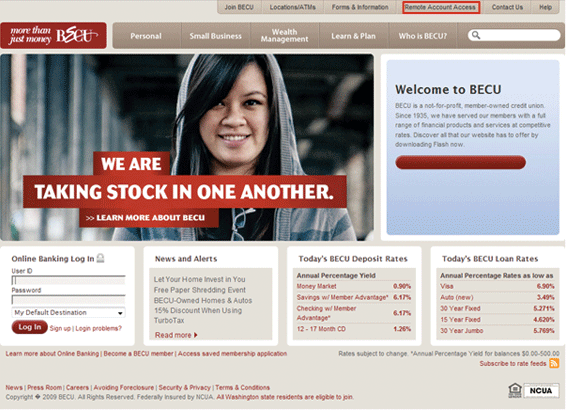 For many companies, competitive benchmarking is a foray into the world of espionage. Being able to see which elements of your competitor’s website are working, and which are not, can be a revelation.
For many companies, competitive benchmarking is a foray into the world of espionage. Being able to see which elements of your competitor’s website are working, and which are not, can be a revelation.
One of Loop11’s great features is the ability to run user testing on practically any website. It was this ability which Loop11 Consulting used to great effect in the below case study.
Loop11 consulting was engaged by an online pharmacy to carry out unmoderated online user testing on comparative industry websites to assess the relative strengths and weaknesses of each.
This phase of UX research was designed to provide the client with consumer feedback to shape and prioritise their forthcoming website redesign and strategy. This was to be achieved by unearthing elements which delighted users whilst also addressing design pitfalls.
Quantitative (clickstream, task success rates, survey questions, heat maps, etc) and qualitative consumer feedback (user videos) were recorded for comparative analysis.
Loop11’s research approach
Five websites were supplied by the client based on who they believed to be their main competitors. Five tests were ran, one for each website, with a sample size of 30 participants sought for each test, totalling 150 participants for the overall study.
The user testing participants were asked to undertake a process of registering an account and, or purchasing a product on one of the specified websites.
Key Findings
The research highlighted significant variance in usability among the websites tested.
The user rating of the websites’ usability scores was polarising; sites either performed well or very poorly. Two of the website’s System Usability Scale (SUS) results stood out above the other three competitors.
The two sites which performed best, presented a clean form design and an intuitive stepped flow. These two websites also had less stringent form field validation. This suggested that they had balanced business requirements with usability whereas the other websites had not.
The three poorly performing websites had stringent form validation which negatively impacted the participant’s ability to complete the task.
Clean, Simple and Trustworthy
The combination of a clean site layout and not asking too much encouraged participants to be more diligent and spend longer signing up. To gauge a point of reference, consumers expected the process of signing up and, or purchasing a product to be comparable to the ease of making a regular retail purchase.
Whilst completing the forms the use of progress meters was common. However, they were misleading and inaccurate on several the websites tested which resulted in confusion and frustration.
Related to this, it was noted that the websites needed to establish a level of trust before asking for personal information. Those who didn’t establish this trust had participants commenting that they “failed to see the need to register when purchasing products”, whist others were hesitant to provide personal details about the medicines they take or personal medical conditions.
Interestingly, all websites failed basic accessibility standards. The colour contrast for text and background colour proved an obstacle for some users. A reasonable assumption to make is that any website dealing health would have considered and prioritised accessibility in their website design.
Key Recommendations
The results suggest there is a real opportunity to make inroads into the online pharmacy market by presenting customers with a better experience. The following recommendations represent key priority attributes for the client’s website redesign…
The most obvious recommendation is the new website should feature a clean form design with an intuitive stepped flow. Related to this, not asking too much will encourage consumers to be more diligent completing form fields thoroughly.
Another recommendation was the implementation of efficiencies throughout the process by pre-populating data collected in previous screens. For example, when asking for one of billing or shipping address the website should provide an option to auto-fill the other with the click of a link or button.
Other recommendations included:
- Balance the volume of information requested and stringency of field validation.
- Online pharmacies need to establish a level of trust with consumers before they are willing to part with personal information. This can be done through different methods including, the use of welcoming human imagery and being open and clear with why you are asking for certain information.
- Present a consistent progress meter throughout any the process. As a participant, nothing is more frustrating than having the finish line move on you.
- Ensuring compliance with Section 508 accessibility standards is essential. Given the target audience if likely to include mature consumers, good website accessibility will only aid conversion
This article is of course a high-level overview and, due to privacy concerns, doesn’t go into the detail associated with the actual report.
If you are interested in learning more about how Loop11 consulting can help you send us an email at consulting@Loop11.com.
- Introducing Loop11’s Tester Panel - March 24, 2020
- Our Response to the Coronavirus - March 17, 2020
- Release Notes: 5 Second & First Click Tests, Image Testing& More… - October 17, 2018
![]() Give feedback about this article
Give feedback about this article
Were sorry to hear about that, give us a chance to improve.
Error: Contact form not found.




